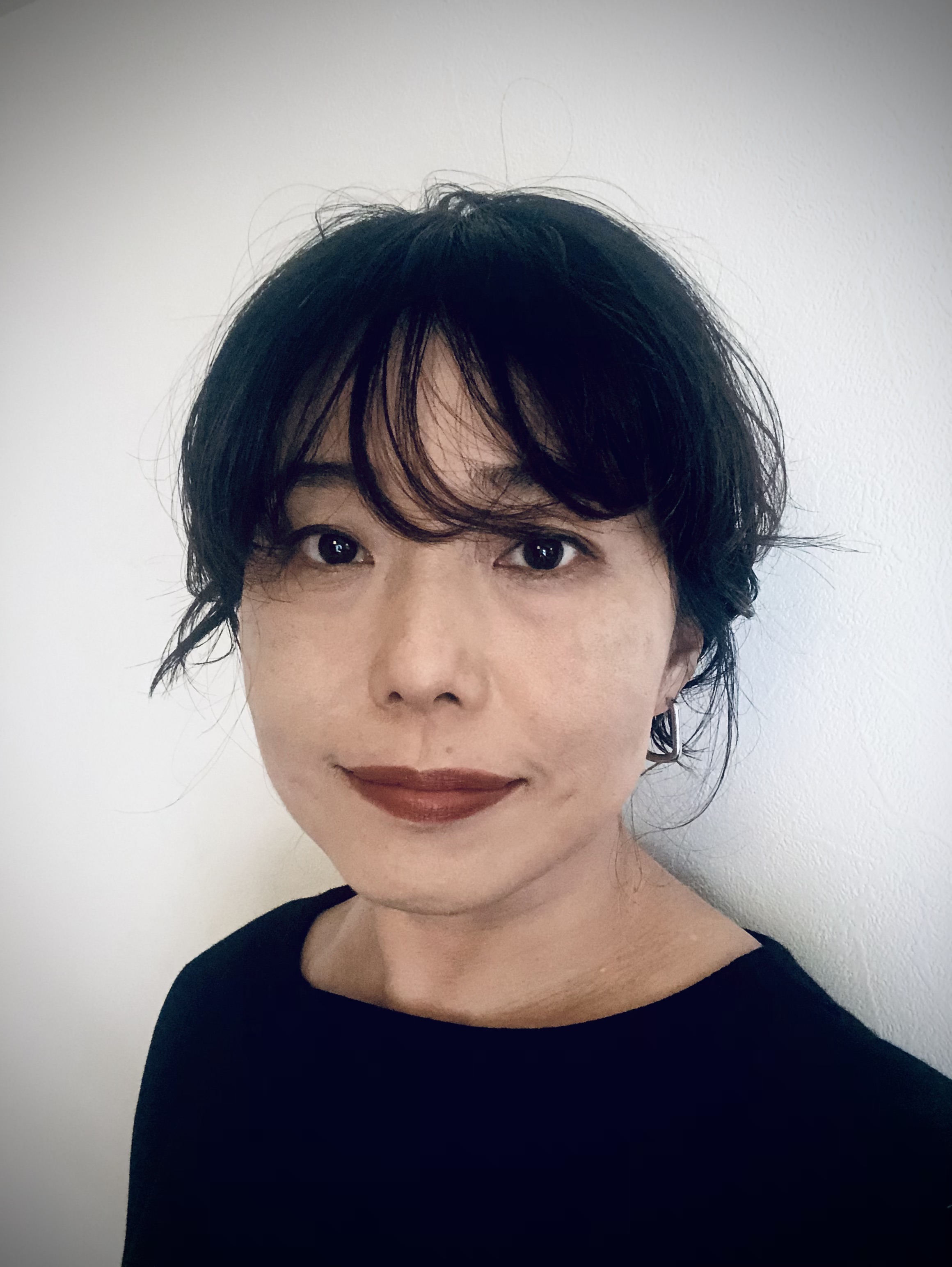Izumi Nakajima
Continuing Anti-Action: What are the Innovations of Postwar Japanese Women Artists?
This lecture by Izumi Nakajima (art historian) focuses on women artists in post-World War II, 1950s and 1960s Japan, examining the relationship between the gender situation in art production and artworks.
In postwar Japan, young women artists, especially those engaging with the abstract art movement that swept the world during the same period, garnered significant attention as symbols of democracy and individual freedom.
To reconsider the meaning of their works, this lecture provides a gender-based analysis, expanding on the discussions from Nakajima’s book "Anti-Action Post-war Japanese Art and Women Artists."
Attempting to discuss an artist's expression solely in terms of gender may lead to a limited understanding. However, artists, whether consciously or unconsciously, respond to and challenge societal demands and expectations, of which art is a part, through their creative work.
Why did Yayoi Kusama, a young girl from an old family, create huge paintings in New York?
Why did Atsuko Tanaka, who wore an electric dress and created dazzling paintings, receive higher acclaim than the other male artists in the Gutai Art Association? What did Minami Tada's aluminum and acrylic works that shift and transmit light, and Aiko Miyawaki's large arcs that traverse space, accomplish by being placed between large-scale architecture and public sculpture that transform the city?
When considering their creative innovations, which cannot be fully explained by “mainstream” art history, a gender perspective will enrich the interpretation of their works.
Izumi Nakajima
Associate Professor, Graduate School of Humanities, Osaka University
Nakajima is an art historian who specializes in feminism, Japanese art history, and contemporary art. After completing her MA at the University of Leeds, she earned her PhD at Hitotsubashi University in 2013. After working as an associate professor at the Faculty of Art, Hiroshima City University, and an associate professor at the Graduate School of Humanities, Tokyo Metropolitan University, she has been in her current position since 2016. She has been interested in art and feminism in modern and contemporary Japan and conducted interviews of women artists. Her recent publications include Anti-action: Post-War Japanese Art and Women Artists (Brücke, 2019) and “Dream for Solidarity: Palestinian Art JAALA and Haryū Ichirō in the 1970s and 1980s” in Past Disquiet: Artists International Solidarity and Museums-in-Exile (University of Chicago Press, 2018).

